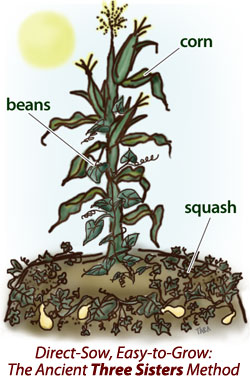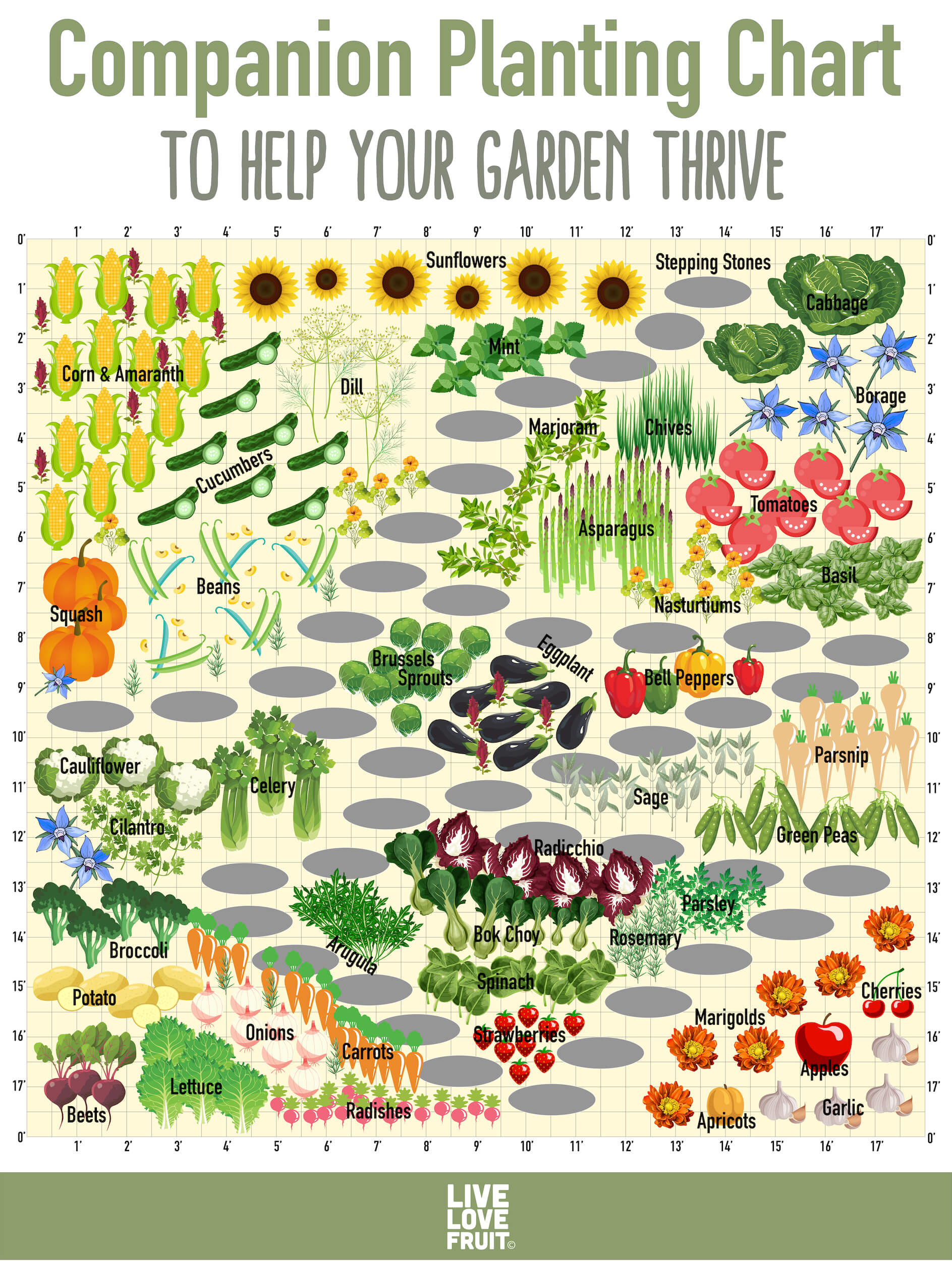The Ultimate Guide To Companion Planting For Vegetables
The Ultimate Guide to Companion Planting for Vegetables
Companion planting is a gardening practice that involves planting certain types of plants together to benefit each other. There are many different benefits to companion planting, including:
- Attracting beneficial insects and pollinators: Some companion plants attract beneficial insects, such as ladybugs and honeybees, which can help to control pests. Others attract pollinators, such as butterflies and hummingbirds, which help to pollinate plants and increase yields.
- Reducing the need for pesticides: Companion plants can help to repel pests, so you may be able to reduce or even eliminate the need for pesticides in your garden.
- Improving soil quality: Some companion plants can help to improve soil quality by adding nutrients, breaking down organic matter, or suppressing weeds.
- Increased yields: Companion planting can help to increase yields by improving the health and productivity of your plants.
If you're new to companion planting, there are a few things you need to know. First, you need to understand the different types of companion plants. There are three main types:
- Attractants: These plants attract beneficial insects or pollinators. Some common attractors include marigolds, nasturtiums, and chives.
- Repellents: These plants repel pests. Some common repellents include garlic, onions, and basil.
- Complements: These plants complement each other by helping to improve each other's growth or deterring pests. Some common complements include beans and corn, tomatoes and basil, and carrots and onions.
Once you understand the different types of companion plants, you can start to plan your garden. There are many different resources available to help you with companion planting, such as books, websites, and gardening apps.
Here are some tips for companion planting:
- Consider the size and growth habit of the plants: Some plants, such as tomatoes and corn, grow tall and need plenty of space. Other plants, such as lettuce and spinach, grow more compactly. When planning your garden, make sure to plant tall plants together and short plants together.
- Consider the sun and water requirements of the plants: Some plants, such as tomatoes and peppers, need full sun and regular watering. Other plants, such as lettuce and spinach, can tolerate partial shade and less frequent watering. When planning your garden, make sure to plant sun-loving plants together and shade-tolerant plants together.
- Consider the pests and diseases that are common in your area: Some companion plants can help to repel pests or diseases. For example, marigolds can help to repel nematodes, which are a type of soil-dwelling pest that can damage plants' roots. If you know what pests and diseases are common in your area, you can plant companion plants that will help to protect your other plants.
Companion planting can be a great way to improve the health and productivity of your vegetable garden. By understanding the different types of companion plants and planning your garden accordingly, you can reap the many benefits of this gardening practice.
Are you planning to start a vegetable garden this year? If so, you'll want to know which vegetables are compatible with each other. Some vegetables, when planted together, can help each other thrive, while others can actually stunt each other's growth.
A great resource for finding out which vegetables are compatible is the Garden Wiki. This website has a comprehensive chart that lists all of the most common vegetables and their best companion plants. You can also find information on which vegetables should not be planted together.
In addition to providing information on companion planting, the Garden Wiki also has a wealth of other resources for vegetable gardeners, including articles on gardening tips, recipes, and plant profiles.
So whether you're a beginner or a seasoned gardener, the Garden Wiki is a great resource for all things vegetable gardening.
FAQ of compatible vegetable gardening chart
- What is companion planting?
Companion planting is the practice of planting different plants together for mutual benefit. Some plants can help each other by attracting beneficial insects, deterring pests, or improving soil quality. For example, marigolds can help repel pests from tomatoes, and beans can help fix nitrogen in the soil for corn.
- Where can I find a compatible vegetable gardening chart?
There are many different compatible vegetable gardening charts available online and in gardening books. Some charts are more comprehensive than others, so it is important to find one that is specific to the types of vegetables you plan to grow.
- How do I use a compatible vegetable gardening chart?
Once you have found a compatible vegetable gardening chart, you can use it to plan your garden layout. Look for plants that are listed as being compatible with each other and try to group them together. You can also use the chart to avoid planting plants that are not compatible with each other.
- What are some of the benefits of companion planting?
There are many benefits to companion planting, including:
- Increased crop yields
- Improved plant health
- Reduced pest and disease problems
- Enhanced soil quality
- Increased biodiversity
- Is companion planting necessary?
Companion planting is not necessary, but it can be a helpful way to improve the health and productivity of your garden. If you are new to gardening, or if you are having problems with pests or diseases, companion planting can be a good way to improve your results.
Image of compatible vegetable gardening chart
This chart shows which vegetables can be planted together to benefit each other. For example, tomatoes and basil are good companions because they repel pests from each other.
The 3-Sisters Garden is a traditional Native American gardening method that combines corn, beans, and squash. These plants benefit each other by providing support, nutrients, and pest control.
The Wheel of Companion Planting is a visual representation of which vegetables can be planted together. It is divided into four sections, each representing a different type of plant: legumes, greens, root crops, and brassicas.
This chart lists all of the vegetables in alphabetical order and shows which vegetables they can be planted with. It also includes information about the benefits of companion planting.
This chart shows which vegetables can be planted together to repel pests. For example, onions and garlic repel many common garden pests, such as aphids and mosquitoes.




Post a Comment for "The Ultimate Guide To Companion Planting For Vegetables"